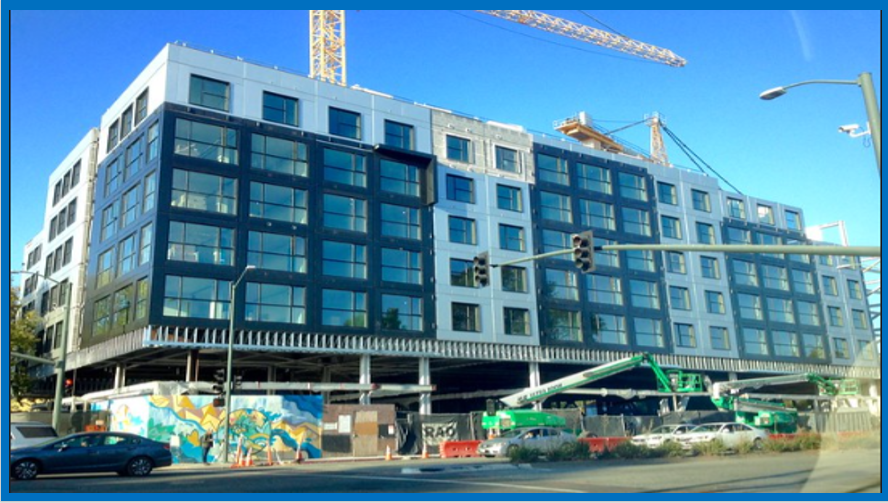Washington, D.C. — Modular construction is quietly reshaping the U.S. housing landscape, with nearly 1 in 10 new apartments built in factories last year. But while the sector is gaining traction, experts say its future hinges on regulatory reform that could unlock faster development, more affordable housing, and a new wave of investment.
In 2024, modular multifamily starts accounted for 9% of the market—nearly double their share in 2020. Developers are increasingly turning to factory-built solutions not because they’re trendy, but because traditional construction is struggling to keep up with economic realities. Tariffs on steel, aluminum, and copper have reached up to 50%, creating unpredictable material costs. Inflation may be easing on paper, but on jobsites, prices are climbing, equipment is backlogged, and timelines are slipping.
Financing challenges compound the issue. With interest rates hovering around 6.5% and lenders tightening their criteria, developers are under pressure to prioritize speed, certainty, and cost control. Modular construction delivers on all three. Greystar reports build times up to 40% faster, while Ginosko Modular is delivering units at $73 per square foot—roughly half the cost of traditional multifamily builds.
Yet despite these advantages, modular construction remains misunderstood and underutilized in the U.S. due to outdated regulations and inconsistent lending standards. Federal guidelines have not kept pace with the sector’s evolution, leaving lenders, developers, and regulators without a clear framework for evaluating modular projects.
A Legislative Opportunity
A bipartisan bill now moving through the Senate—the Renewing Opportunity in the American Dream to Housing Act (ROAD to Housing Act)—could be a turning point. The legislation aims to modernize the Department of Housing and Urban Development’s (HUD) lending standards and clarify regulatory pathways for modular housing. If passed, it could remove longstanding barriers and create a more predictable environment for financing and development.
Industry advocates argue that favorable regulations would do more than streamline approvals—they could catalyze a new sector of the housing economy. With demand for affordable housing surging nationwide, modular construction offers a scalable solution that can deliver quality homes faster and at lower cost. But without federal support, the sector risks stagnation.
Global Momentum, Domestic Hesitation
Globally, modular construction is thriving. The market reached $103.6 billion in 2024 and is projected to hit $162.4 billion by 2030. Europe leads in adoption, with the U.K. scaling modular affordable housing and Singapore building 56-story prefab towers. Japan and Scandinavia have long embraced factory-built speed and efficiency.
In contrast, U.S. adoption remains fragmented. Firms like Resia and Greystar are pushing forward, but without consistent federal guidance, modular remains a niche solution rather than a mainstream strategy. Lenders remain cautious, and developers face uncertainty around permitting, inspections, and compliance.
Unlocking the Future of Housing
With the right regulatory framework, modular construction could become a cornerstone of America’s housing strategy. Clear federal standards would help lenders assess risk more accurately, enable developers to plan with confidence, and accelerate the delivery of affordable homes nationwide.
As policymakers weigh the ROAD to Housing Act, the stakes are high. A favorable regulatory regime could open the door to a new era of housing innovation—one defined by speed, affordability, and resilience.
Modular building Picture by Bill Abbott



